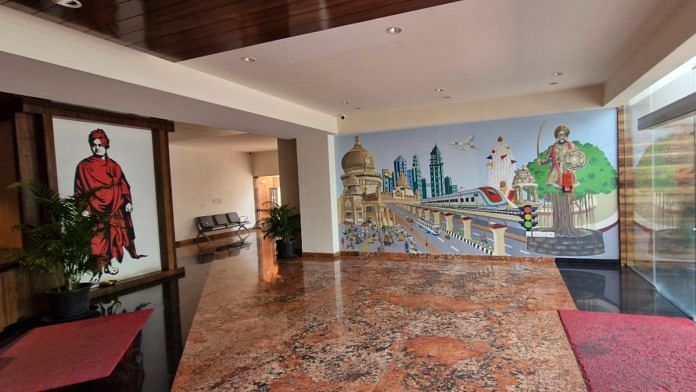Bengaluru: Imagine a robot, an embodiment of cutting edge technology, talking about ancient India, or telling anyone who asks that an Indian mathematician called Baudhayana discovered the theorem widely attributed to the Greek philosopher known as Pythagoras.
These are some of the ‘facts’ an RSS-linked foundation plans to disseminate through technology among young and impressionable minds at its science experience centre spanning over 13 lakh square feet in Bengaluru’s Channenahalli.
Director (history) at the soon to be opened Param History, Culture, Science & Innovation Experience Centre, Santhosh G.R. tells ThePrint they are “producing films, using AI (Artificial Intelligence), VR (virtual reality), AR (augmented reality) … It is not one single theatre … there will be a number of exhibits which tell different stories and concepts of those times”.
The Param History, Culture, Science & Innovation Experience Centre—expected to cost in the ballpark of Rs 250 crore—was conceptualised by Param Project, which is an affiliate of RSS-linked Janaseva Trust.
Param Project itself, say those in the know of things, was the brainchild of C.R. Mukund, one of Sangh’s six sah-sarkaryavahs (joint general secretaries).
It currently operates the Param Science Experience Centre spread across 5,000 square feet in Bengaluru’s Jayanagar, and plans to open similar centres in New Delhi and New York, besides the one under construction in Channenahalli.
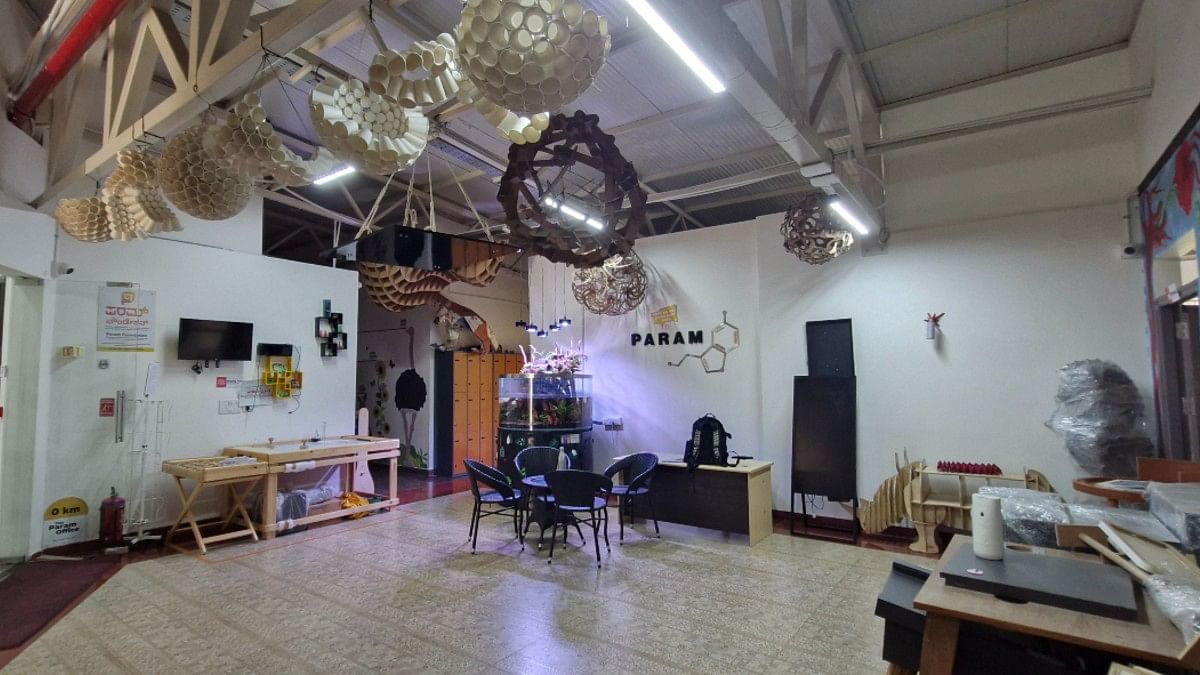
The idea behind these, says Santhosh, is a confluence of science, innovation, culture and history that would help expand the foundation’s outreach to include youngsters and adults from middle-income families. “We are clearly depicting our findings and facts in our history,” he tells ThePrint.
Also Read: ‘We are scientists, not beggars’. Indian Science Congress is in a war against govt
‘Blend modern tech with ancient science’
Param Project has three directors: Santhosh (history), Praveen D. Rao (culture) and Inavamsi Enaganti (science and innovation).
Santhosh has served as director of Swami Vivekananda Cultural Centre in Dar es Salaam, Tanzania. Swami Vivekananda Cultural Centres are established by Indian Council for Cultural Relations (ICCR), which is an autonomous body under the Government of India.
According to Santhosh, Param Project has its history and culture offices in the middle of Bengaluru’s bustling Chamrajpet. Together, they have a team of 20, besides volunteers.
About six kilometers from Chamrajpet, 28-year-old Enaganti heads a team of around 120 in a very animated and bustling space in upscale Jayanagar. The ceiling, floor and walls are filled with artwork, 3D models including one of the Ram temple in Ayodhya, and an entire floor dedicated to robotics.
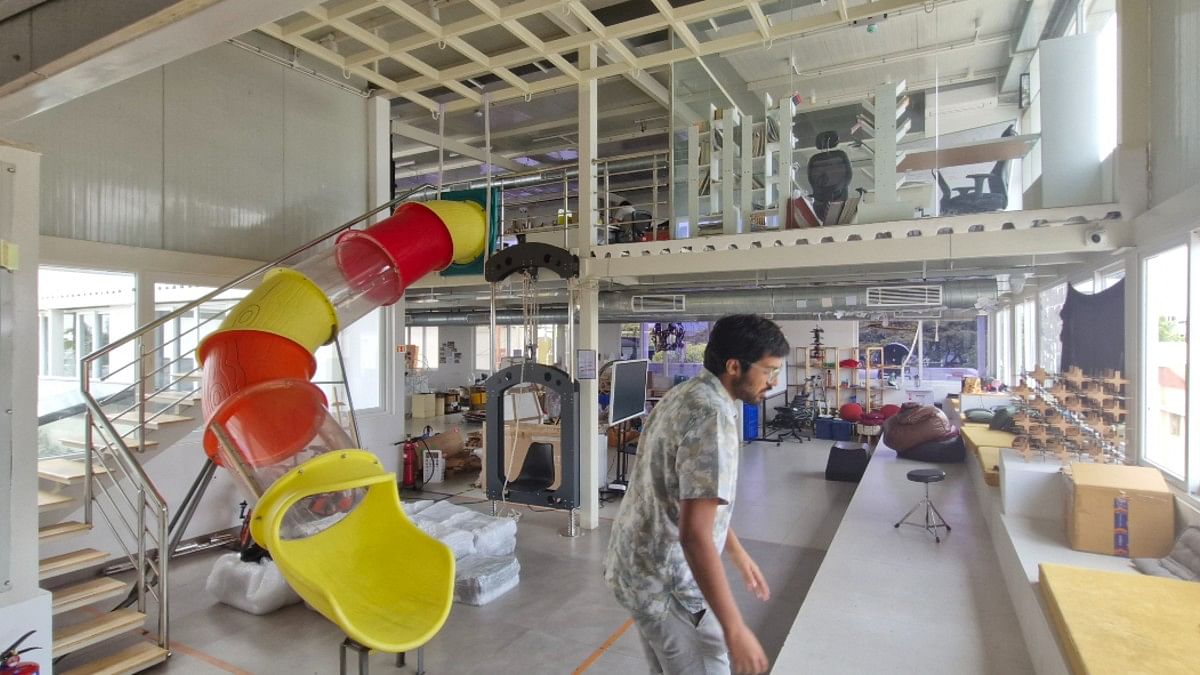
The only visible link to the RSS is a placard with the picture of sarsanghchalak Mohan Bhagwat, tucked away in a corner.
One of the hundreds of posters on its walls states that Param’s vision and mission is inspired by the Panchabhootas (five fundamental elements: earth, water, fire, air and space).
“Anybody with an idea … farmer, chaat or tea seller, students, can walk in and create here,” Enaganti says.
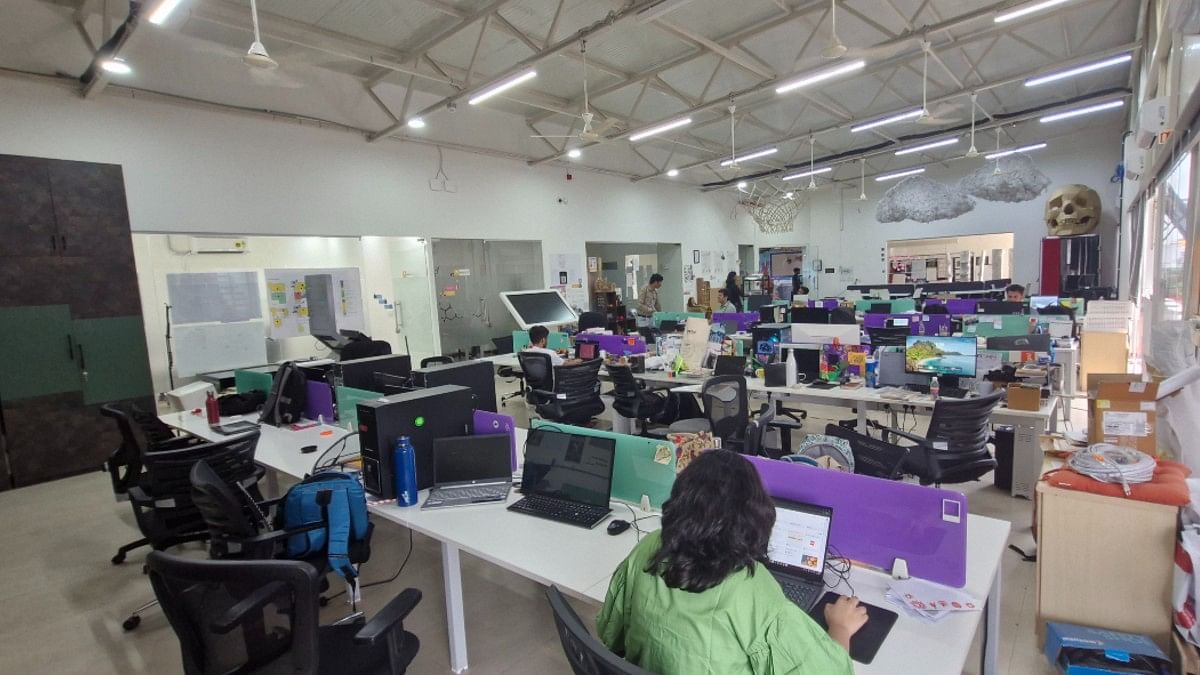
A computer science graduate from New York University and startup founder, Enaganti says the idea of the centre is creativity, curiosity and confidence. “To instill confidence in people, you have to say that scientists and researchers were there (in ancient times) … like Bhaskaracharya, Aryabhata were there. Not hide it all through and whitewash everything.”
One of the other main drivers of the centre is Shammi Raj Balla, also an NYU graduate who formerly worked on Wall Street. He says the brief given to him was to “create a landmark in India that is a landmark globally”.
Enaganti says RSS finds capable people, gives them the resources, and then takes a step back, alluding to the independence of Param. At least two people directly aware of the centre’s operations said RSS has not funded Param and that it depends on CSR, donations from HNI (high-net-worth individuals) and the aim is to make the centres economically sustainable through ticketing sales and other commercial activities.
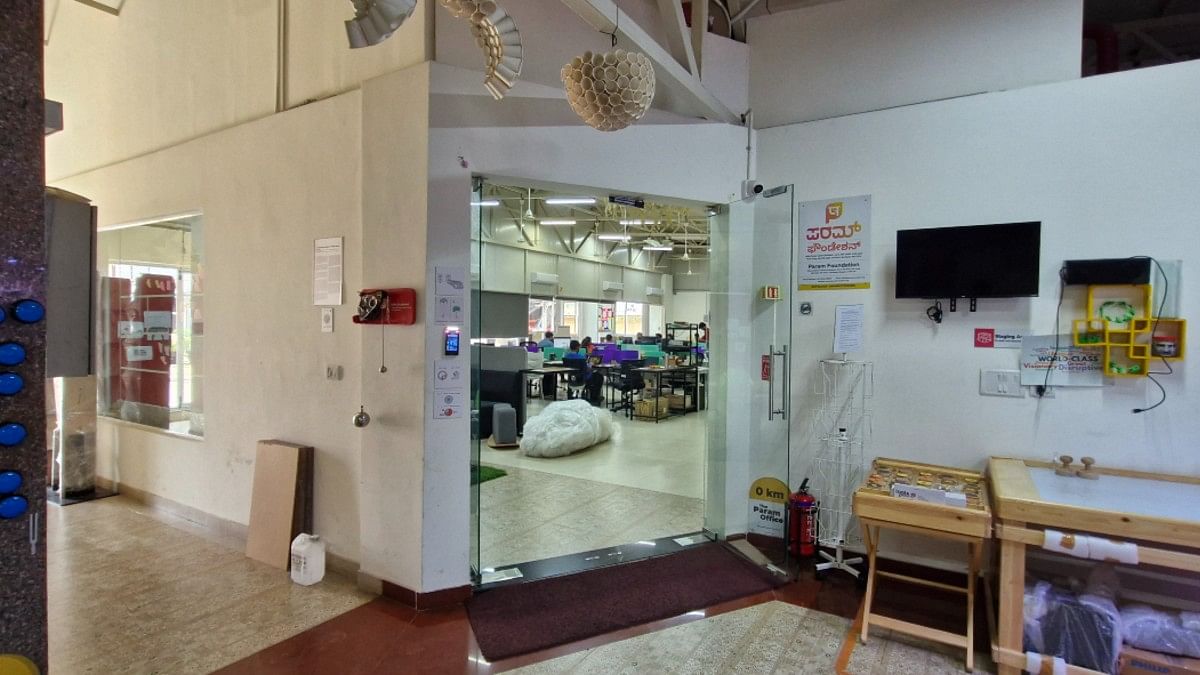
“Our role is to inspire our swayamsevaks to serve society and take up good projects,” Sunil Ambekar, akhil bharatiya prachar pramukh of the RSS, tells The Print.
Param Project’s flagship space in Channenahalli will have a 3,000-seater exhibition centre, luxury hotel with 250 rooms, a theatre, a food court, an auditorium and other spaces available for hire. The centre describes itself as a “blend of modern technology and ancient Indian science” designed to ignite passion, a historical centre that “encapsulates the essence of Bharat” through ancient Indian mechanisms developed by Bharadwaja Rishi to modern Indian spectrometers. It will also have elements to showcase, highlight and emphasise the rise of nationalism where one can “embrace the profound sense of belonging as an Indian enriched by the vast cultural heritage that shapes and influences us”.
‘Param only filling gap’
The main worry of the RSS ecosystem is that while governance reforms introduced by the British and Mughal invasions, among other aspects of history, are taught in schools, concepts devised by ancient Indian thinkers like Chanakya are not.
“For many reasons, knowingly or unknowingly by plan the history and academics was in the clutches of Machiavellian or Marxist. Even after seeing a lot of facts, they tried to project distorted history,” says Santhosh.
Adding, “One who knows the correct history of our tradition, heritage, he only acts positively … In the era of woke-ism, they start degrading his father, mother.”
RSS says it does not interfere with the creative freedom or content of Param Project but that it is a centre which will highlight and emphasise the glory of ancient Indian kingdoms lost in the pages of history. “Param is only filling the gap and we are not responding to any other medium. We are clearly depicting our findings,” he insists, adding with a laugh, “If we were to react to everything, we would have to do this on a weekly basis.”
(Edited by Amrtansh Arora)
Also Read: Nehru wanted India to develop a scientific temper. Today’s leaders are doing the opposite



